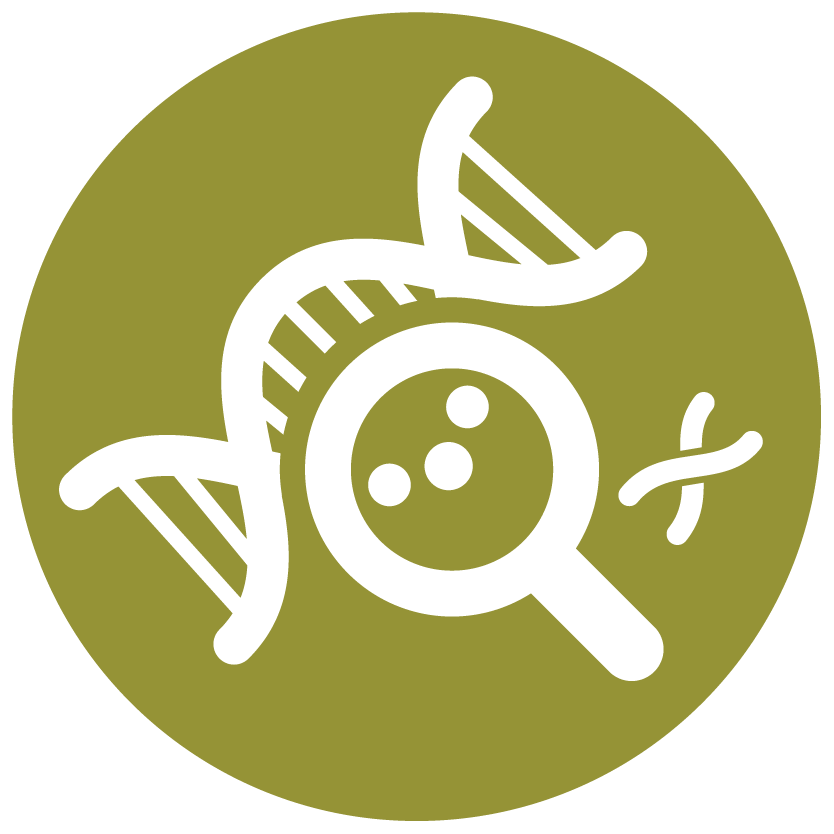Discovery and Basic Research
Symposium: Emerging Technology as a Game Changer in Drug Discovery
Organoid-Derived Small Intestinal Monolayers as a Novel Lymphatic Transport Model
Tuesday, November 11, 2025
9:30 AM - 10:00 AM CT
Location: 303 AB
- RC
Rebecca Lynn L. Carrier, Ph.D.
Professor
Northeastern University
Boston, Massachusetts
Speaker(s)
Lymphatic transport offers a promising route for oral delivery of lipophilic drugs. However, conventional in vitro models like Caco-2 poorly mimic the small intestine’s lipoprotein synthesis pathways. Here, we show that organoid-derived primary human duodenal (hDuo) and murine ileal (mIle) epithelial monolayers more closely replicate physiological chylomicron (CM) formation and drug transport. Using a pulse-chase approach, we demonstrate that these monolayers re-esterify sn-1,2-monoglycerides to support apolipoprotein B-48 lipidation and CM release on a time scale aligned with in vivo triglyceride (TG) turnover. Bile micelle stimulation enhanced TG-rich lipoprotein output (~3.5-fold TG mass; ~2-fold increased particle size), consistent with mgat2 expression. Unlike Caco-2, primary cells favored basal-polarized apoB-48 secretion. Studies with halofantrine and navitoclax revealed significantly greater CM-mediated transport in mIle than Caco-2 under lipid-rich conditions. These results support the use of primary intestinal monolayers as more physiological platforms for assessing lymphatic drug absorption.
Learning Objectives:
- Understand features of organoid-derived primary intestinal models.
- Understand comparisons between organoid-derived intestinal models and Caco-2 for studying lymphatic transport.
- Assess whether organoid-derived epithelial models may be useful to them in their research and development.

